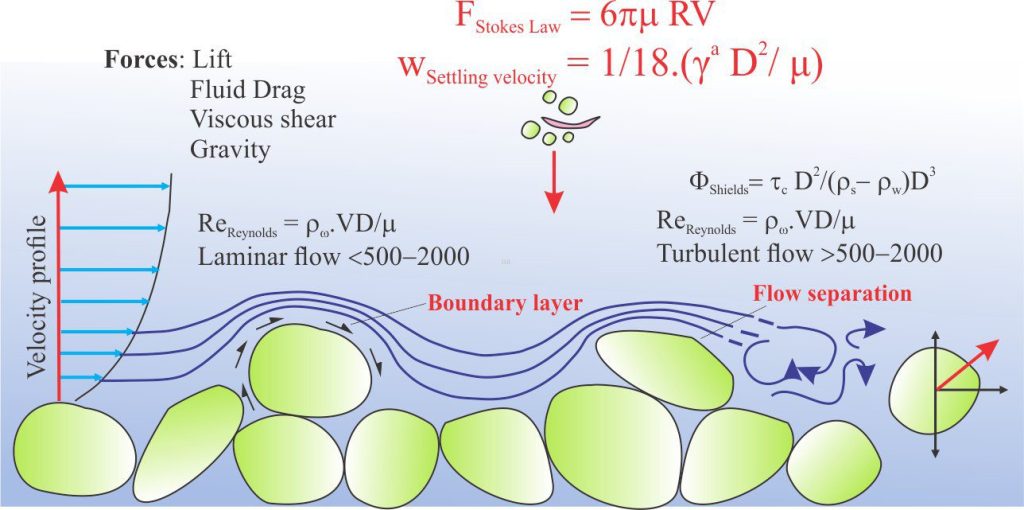
Model are representational descriptions written in different languages – diagrammatic, descriptive, mathematical, and conceptual. They commonly contain variables and dimensionless quantities that permit quantitative analysis of the physical systems the models represent.
Models are descriptions of complex worlds, at scales that engulf the entire universe to the smallest atomic particle. Model descriptions are written in many different languages: discursive, mathematical-numerical, physical (the kind you can touch), conceptual-theoretical, and imaginary. We use models in all spheres of activity – politics, economics, as social organization, philosophy, and science.
Models guide us in our observations, but they should also remind us to think outside the box, to look for the unusual, to question the boundaries that all models impose, and where necessary modify or replace them with new versions.
The focus in this series of posts is Earth science, in its broadest sense. The posts are intended as a kind of introduction to modeling philosophy and practice.
Geological models: An introduction
Model dimensions and dimensional analysis
Analogue models of faults: scaling the materials
